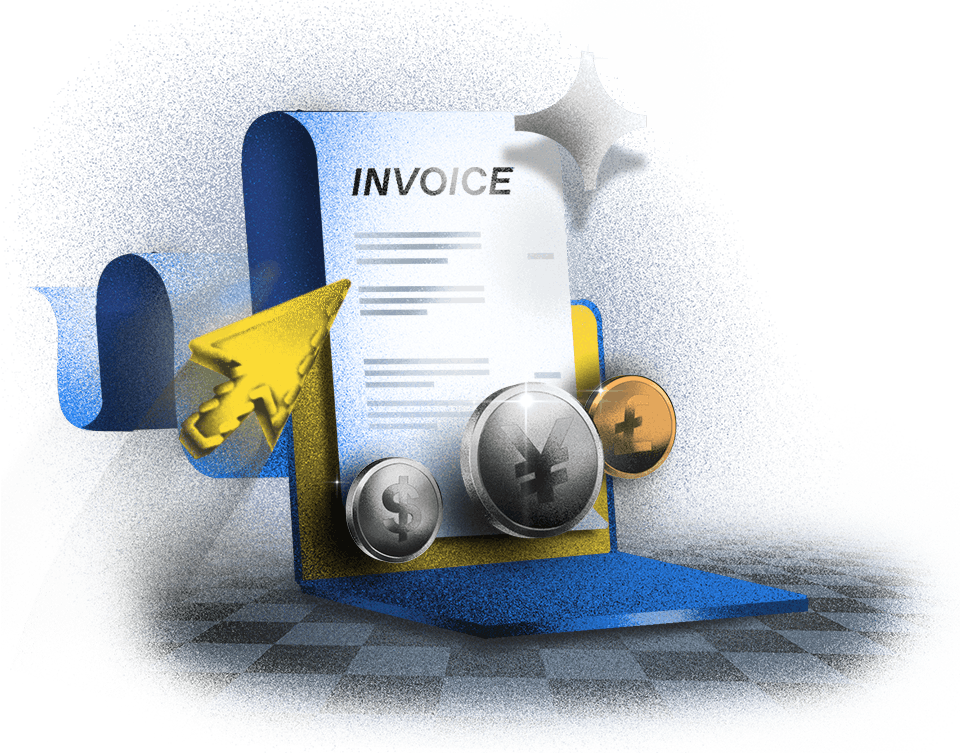In order to optimize prices, many companies are turning to pricing committees to help them develop and refine their pricing models. These committees, however, come with some downsides that degrade their effectiveness. If those downsides can be avoided, pricing committees are great, but there's another way find the ideal pricing model.

What is a pricing committee?
A pricing committee is a team of people within a company that are assembled and given the authority to develop the pricing model for the firm. The idea is that team will be made up of pricing experts who, by acting autonomously, can avoid the typical office politics and competing interests of different departments to set prices that are best for the business as a whole.
The problem with traditional pricing committees
Like many aspects of business, the idealized version of a pricing committee often fails to manifest in reality. Putting together a team that will do the job effectively requires a lot of work, a fair amount of foresight, and a bit of luck. If the team assembled isn't chosen correctly, they could end up having very little effect on profitability. Worse, they could end up being a detriment to the process.
Pricing committees require a lot of context
The roles on a pricing committee have a very specific set of requirements. You need team members who will have an intimate understanding of pricing and market dynamics, but who also have an intimate understanding of how all the moving parts of your business work together. This often results in the choice between assigning roles internally, where people may not have the pricing expertise, or hiring outsiders, who will not have the knowledge of company culture needed.
Pricing committees can weigh down the decision-making process
Another big trend in business these days is to become more agile. The ability to adapt on the fly to changing conditions and make decisions quickly is undoubtedly a benefit to business operations. When pricing changes need to go through a committee, the process can get bogged down. Every extra bit of bureaucracy at a company reduces its agility.
Pricing committees can amplify company politics
While the goal of the committee is to cut through company politics, that's rarely what ends up happening. Different departments have different incentives, and each will be pushing for their own needs to be met. At companies that don't have a culture of transparency, this problem gets amplified even more because the different departments don't understand the needs and motivations of the others.
Pricing committees don't scale well
As your company grows, the number of products and services it offers may grow with it. If this happens, then the amount of work placed on the pricing committee also grows. Because doing the job of a pricing committee already requires a lot of data acquisition and analysis, and because the members usually have other responsibilities at the company, such committees don't scale well.
3 reasons pricing ownership is still critical to your business
While the problems in assembling an effective pricing committee are real, so are the reasons pricing committees are formed in the first place. Taking ownership over pricing is an important step for any company that is looking to maximize their profits. Pricing ownerships brings with it several benefits.
1. Establish an independent process to gain market insight
No good pricing decision can be made without fully understanding the market that you're operating in. Many businesses try to do this, but their pricing ends up being nothing more than guesswork that is most certainly leaving money on the table. The first step of price ownership is understanding the market and gaining those valuable insights.
2. Justify value-based price adjustments
Particularly in the SaaS business, value-based pricing is the dominant pricing strategy. Without price ownership and the data that it provides, you have no way of knowing exactly how customers value your product. Getting that estimate wrong means underselling your product or scaring away customers who would otherwise be happy to buy.
3. Deliver a better customer experience using behavior trends
One of the big lessons learned during an analysis of what customers value, is which features they want that you might not be providing. When you take the time to understand what customers want and what pain points they are willing to pay for to solve, you provide a roadmap that will help your business better serve those customers.
Leverage experts & make data-driven pricing decisions
An alternative to an internal pricing committee is having a trusted third-party partner that will perform a pricing analysis for you. A service like Price Intelligently by Paddle will take the time to understand how your company operates and what its unique needs are. Then we'll do all the work of gathering the relevant data and using our years of experience in pricing to find the ideal price points for your products.
To see where your current pricing stands, and how Price Intelligently can help you unlock the powerful growth lever that better pricing offers, contact us for a free price audit today.
Pricing committee FAQs
Who is responsible for pricing a product?
Whether you use a committee or not, there should be a single person put in charge of the final decision on pricing, to avoid conflict and gridlock as much as possible. Ideally, this person will be the CEO, or the head of product or marketing—a C-level exec with enough experience, but far enough removed from any direct incentive. Sales or finance teams, though crucial to consider, tend to have incentives that don't always align with the rest of the company's goals, and so a make a less than ideal choice for the head of the committee.
What are the roles in a pricing committee?
If you use a pricing committee, there should be equal representation from each department present. Each area of the business will have a unique perspective that should be considered. However, as discussed above, there should be a single person that is the final decision maker.
How often should a pricing committee meet?
Whether you use a pricing committee or some other method, your company should be reevaluating its pricing model and personas and making minor changes every three months, and making major changes to it every six months.
Does my company need a pricing committee?
Your company doesn't need a pricing committee, but it does need a way to take ownership of its pricing. If you decide that a pricing committee is too complicated or not an option for you now, you take other steps to establish that ownership, like using a service like Price Intelligently.



